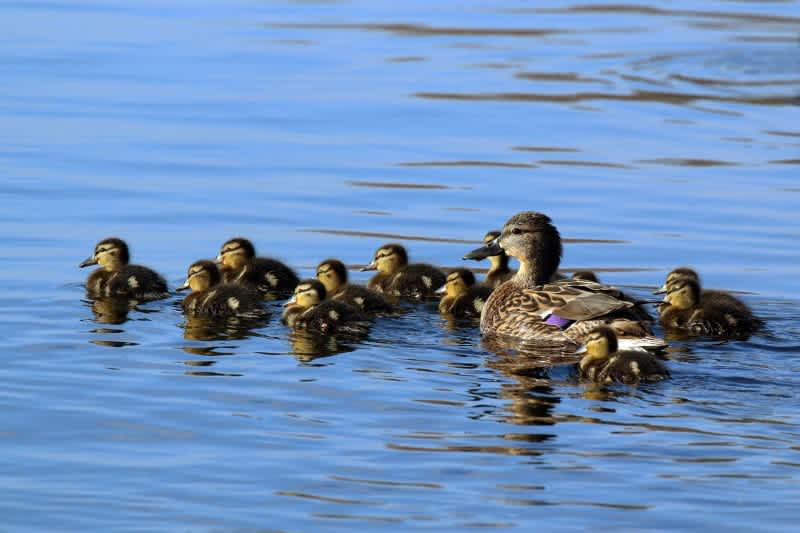Survey: North American Duck Numbers Remain High
OutdoorHub Reporters 07.08.15

The US Fish and Wildlife Service (USFWS) recently released its report on the 2015 Trends in Duck Breeding Populations, the most accurate and comprehensive view of duck populations in the US and Canada. According to surveys, the estimated total duck population—excluding a few species—is 49.5 million birds. That is slightly above 2014’s estimate and more than 43 percent higher than the long term average, and that is enough to make a lot of duck hunters very happy.
“We are fortunate to see continued high overall duck populations in North America’s breeding areas this year,” said Dale Hall, CEO of the conservation group Ducks Unlimited. “Though conditions were dry in some important habitats, we had large numbers of birds returning this spring and good conditions in the Boreal Forest and other areas of Canada. It looks like some typical prairie nesters skipped over the U.S. prairies and took advantage of good conditions farther north. This is an important reminder about the critical need for maintaining abundant and high-quality habitat across the continent.”
Mallard, green-winged teal, and canvasback populations have done especially well and grew significantly since estimates in 2014. Northern shoveler numbers, however, have dipped significantly.
“While this year’s survey results were very favorable, when and where waterfowl will be encountered this fall depends on many factors,” stated the USFWS. “Food availability and the condition and distribution of water resources all influence local duck and goose abundance, distribution, behavior, and ultimately, hunter success.”
You can see a chart of the survey results by species below:
ICYMI: 2015 Duck Numbers Remain High #DuckNumbers2015 #conservation pic.twitter.com/wN5WGtnOkn
— Ducks Unlimited (@DucksUnlimited) July 2, 2015
According to experts at Ducks Unlimited, the most important factor for breeding ducks is wetland and upland habitat. Despite beating 2014’s population estimate by a narrow margin, biologists noted that ducks have actually lost ground over the past year rather than gaining it. The total pond counts for the United States and Canada in 2015 combined were 6.3 million, 12 percent down from survey results last year.
“Fortunately, these conditions had minimal impacts on this year’s overall breeding bird numbers, but hunters should be concerned about these trends and what they might mean in future years,” said Ducks Unlimited’s Chief Cosnervation Officer, Paul Schmidt. “We have experienced good moisture in the prairies and liberal bag limits for more than two decades. Continuing habitat losses and drier conditions have the potential to change this scenario in the future.”

